8. Nameless Gangster (Yoon Jong-bin, 2012)
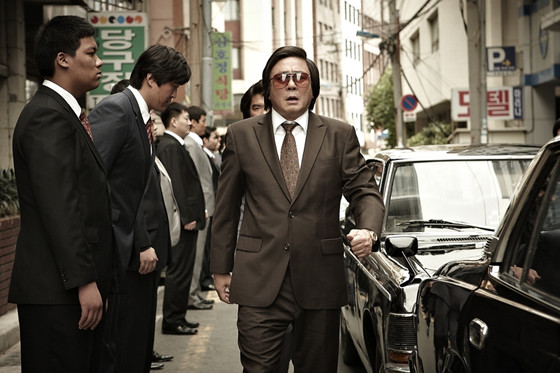
The film is set in the Korean port city of Busan during the reign of organized crime in the 80s, and the subsequent declaration of war toward it in the 90s by President Roh Tae-woo.
Choi Ik-hyun is a corrupt Busan customs officer who is not averse to taking bribes or pilfering goods. Eventually he discovers a shipment of crystal meth, which leads him to kingpin Choi Hyung-bae, who is also a member of the same Choi family clan. Due to that tie and their common interest, the two of them form a peculiar alliance, since they are radically opposite characters, both in appearance and character.
Yoon Jong-bin presents a highly realistic and entertaining depiction of the crime world of the aforementioned decades, and creates a truly masterful crime thriller with constant plots, intrigues, betrayals, and violence. The usual narrative of the rise and fall of the criminal is present once more in this film, but Yoon manages to transcend it by making a clear and somewhat satirical commentary on the era. Furthermore, the fact that he presents from the beginning that the protagonists and the rest of the crime world are pitiable, is another original notion, since the usual case for the gangsters is to appear magnificent in the beginning.
He bases much of the film upon the differences of the two main characters, with Choi Ik-hyun being annoying, filled with pettiness and looking ridiculous, and Choi Hyung-bae being the exact opposite, with their complex relationship that becomes even worse during the prosecutions in the 90s. Both of the characters, though, are actually evil and prone to walk over dead bodies in order to accomplish their goals. Their constant antagonism is, actually, the center of the film.
Choi Min-sik is magnificent as Choi Ik-hyun, capturing both the comical and the serious side of his character, and Ha Jung-woo as Choi Hyung-bae is quite persuasive, to say the least.
7. Ha Ha Ha (Hong Sang-soo, 2010)
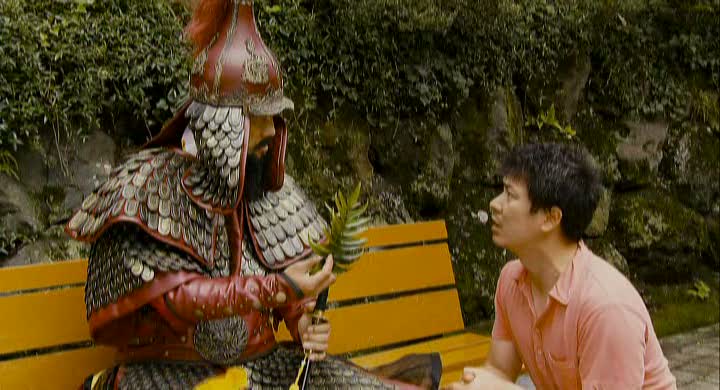
Hong Sang-soo’s distinct and quite repetitive style found its apogee in this film, although this time he implemented a lighter tone, which was probably the main reason it received the Prix Un Certain Regard at the 2010 Cannes Film Festival, a huge accomplishment considering the status of the director up to that point.
The film revolves around two men, filmmaker Jo Moon-kyung and Bang Joong-sik, who meet up for drinks and share the experiences they had when they visited the picturesque town of Tongyeong. As we watch their stories through flashbacks, it is revealed that, without knowing it, the two of them frequented the same places and interacted with the same people. In the procedure, the story becomes of three men, since Bang Joong-sik also tells the story of one his friends, Kang Jeong-ho, a poet.
Furthermore, it is soon revealed that the latter was dating Wang Seong-ok, a cultural curator who Moon-kyeong was also pursuing. On the other hand, Joong-sik’s story focuses on his extramarital relationship with Ahn Yeon-joo, a flight attendant. Lastly, all of them seem to frequent a restaurant owned by Moon-kyung’s mother, where No Jeong-hwa, a woman who also becomes part of a love triangle, works.
Hong directs and pens a film that focuses on human relations, both romantic and in terms of family, while he manages to squeeze in some comments about poetry. What sets his film apart from the plethora of similar ones is that his characters are liars, are eccentric, are very frequently drunk, and are not sure at all of what they want from their lives, although they’re willing to go to extremes to achieve it.
In that fashion, Joong-sik is in love with Moon-kyeong, but does not want to leave his wife and children. Jeong-ho is torn between two women, and Seong-ok between two men. Furthermore, getting drunk seems to be the only action that makes them decide, in a rather humorous concept, which appears repeatedly in the film.
6. Masquerade (Choo Chang-min, 2012)
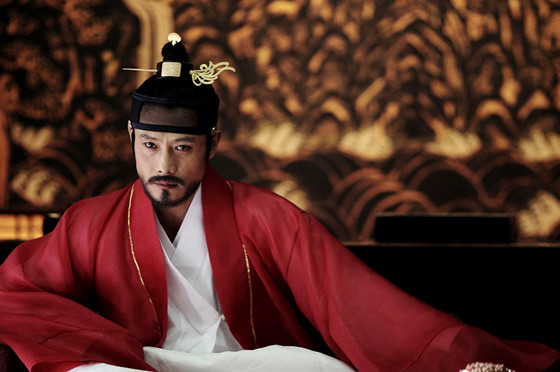
One of the most successful films of all time in South Korea and widely acknowledged as the finest Joseon costume drama, “Masquerade” is currently the sixth film on the all-time list with the biggest admissions, and monopolized the 49th Grand Bell Awards, winning in 15 categories.
Based on the life of King Gwanghae, who ruled from 1574 until 1641, it revolves around the adventures of a comedian, Ha Seon, who is recruited to act as the king’s double, due to the latter’s fear of an assassination attempt against him. The practice seems to work until the actual king is poisoned. With him in seclusion, and in order to convalesce in safety, Ha Seon begins to pretend he is the actual king.
The masterminds behind the plan are the Chief Secretary and the Chief Eunuch, who struggle to teach him how to act in a royal fashion with tragicomical consequences.
Choo Chang-min’s chief achievement in “Masquerade” is that he managed to incorporate humor in such a serious theme, which resulted in a rather entertaining depiction of political matters of the 17th century. Additionally, his characters, particularly the king and his double, are sublimely depicted, with the rest providing enough quality to make “Masquerade” the greatest film of its category.
Lee Byung-hun is the undisputed star of the film, in a double role, portraying two rather different characters with equal success.
5. Pieta (Kim Ki-duk, 2012)

The script unfolds in Cheonggyecheon, a poor neighborhood in the centre of Seoul, which is full of little technical shops and is inhabited chiefly by petit bourgeois owners and workers. In this area lives Kang-do, a violent collector working for a local loan shark. He forces those who owe and cannot handle the payments to self-traumatize (or hurts them himself) in order for him to receive the compensation from their insurance company.
One day while working, he realizes that a middle-aged woman is permanently following him, leaving him meals in his house and even helping him with his victims. Eventually he discovers that the woman is actually his long-lost mother, who abandoned him when he was little, an action that shaped him as a person. Kang-do initially reacts violently towards her; however, gradually he becomes accustomed to Mi-sun’s presence, a tactic that results in a number of sick occurrences.
Kim’s most commercial work is, however, as onerous as the rest of his filmography, a fact stressed by the usage of digital camera that makes the violent scenes seem even more realistic, virtually documentary-like. The standard message residing in the majority of Kim’s works also appears here: the world we live in is ugly and evil, and people are either monsters or victims.
Lee Jung-jin as Kang-do and Jo Min-su as Mi-sun both astonish in their parts, sublimely presenting an onerous, Oedipal relationship.
Kim’s purpose was to shock the audience, a tactic that paid off since “Pieta” drew strong reactions from fans and critics all over the world, due to its themes and graphic depiction of violence.
4. Asura: City of Madness (Kim Sung-soo, 2016)
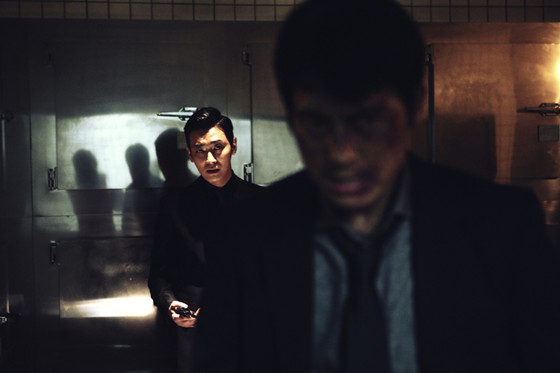
Han Do-kyung is a corrupt detective who actually works for Park Sung-bae, the even more corrupt mayor of the city of Annam, in order to pay his wife’s medical bills, who has been diagnosed with terminal cancer. Park wants to push through a multi-million dollar development contract that will transform the city’s slums into modern housing, and make him a ton of money in the process. In order to do so, he is willing to go to any extreme, with Han being the one who takes care of the “dirty work”.
The DA, however, is on to Park, and has even found a witness who will testify against him. Han is the one tasked with dealing with the witness, in a series of events that end up with a fellow police officer dead and “Junkie”, a drug addict who helped him with the witness, being accused of his murder.
As Han is about to quit the police force and work openly for Park, he is approached by Internal Affairs, headed by special prosecutor Kim Cha-in and the leader of the investigation team, Do Chang-hak. They present him with proofs of his misdeeds and force him to turn against the mayor.
This series of events forces him to retract his resignation and instead abandon Park. In order to do so, he persuades his best friend, Moon Sun-mo, to take his place. As both opposing sides continue finding leverage with him, Han’s situation worsens even more.
Kim Sung-soo directs and pens a very dark film that focuses on its characters, none of whom is even remotely decent or likeable. Han may have been led to this life by his wife’s sickness, but shows no remorse in executing Park’s hideous orders. The fact that he tricks his best friend into taking his place makes him even more despicable, despite the fact that he is actually the victim of a power struggle between powers much higher than him.
The power struggles between all the above characters, along with the constant shifting of both loyalties and the upper hand, are the backbone of an intricate script, which is concluded in the most spectacular fashion in the final sequence of the film. Furthermore, Kim presents a clear message regarding corruption, which, according to him, touches every aspect of Korean society, including justice and politics.
3. The Handmaiden (2016, Park Chan-wook)
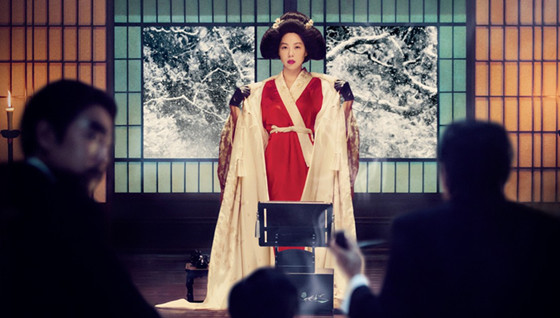
The script is based on the novel “Fingersmith” by Sarah Waters and takes place in Korea in the 1930s, with the country under Japanese rule. Con man “Count” Fujiwara has managed to insert himself into the very secluded circle of Kouzuki, an eccentric hedonist who has become the man in charge of a very large estate, and plans to marry his niece, Lady Hideko, the actual heiress of the family’s vast fortune.
Fujiwara devices an intricate plan to “steal” Lady Hideko for himself, and asks the help of a ragtag girl, Sook-hee, a petty criminal who lives with her aunt’s family, all of whom are of the same “profession”. The plan is for the girl to become Lady Hideko’s handmaiden, and to help Fujiwara seduce her. However, things do not go as planned, since an attraction is formed between the two girls, and the many plot twists result in a highly unexpected story.
Park stayed close to the structure of the book, which is split into three segments, with the first and the third telling the story from Sook-hee’s perspective, and the second one from Lady Hideko’s. In that fashion, he used strong narration, which is presented as the thoughts of the person that tells the story each time, and actually helps in understanding the script. He refrained from his usual slow pace, directing a film that moves quite fast, as the events unfold very quickly and continuously.
However, his usual traits are once more present. The characters act like caricatures, as exemplified by Sook-hee and particularly Kouzuki, in a perverse style. His irony, exemplified by the fact that the house combines Japanese with European-style architecture in a hideous manufacture that mocks the fact that rich people can do whatever they have in their minds, shows that they don’t necessarily have taste.
His dark and grotesque humor is exemplified in a torture scene where the victim seems to even indulge in his maiming. The abnormal eroticism is exemplified in the concept of the underground erotic literature club.
2. The Wailing (Na Hong-jin, 2016)
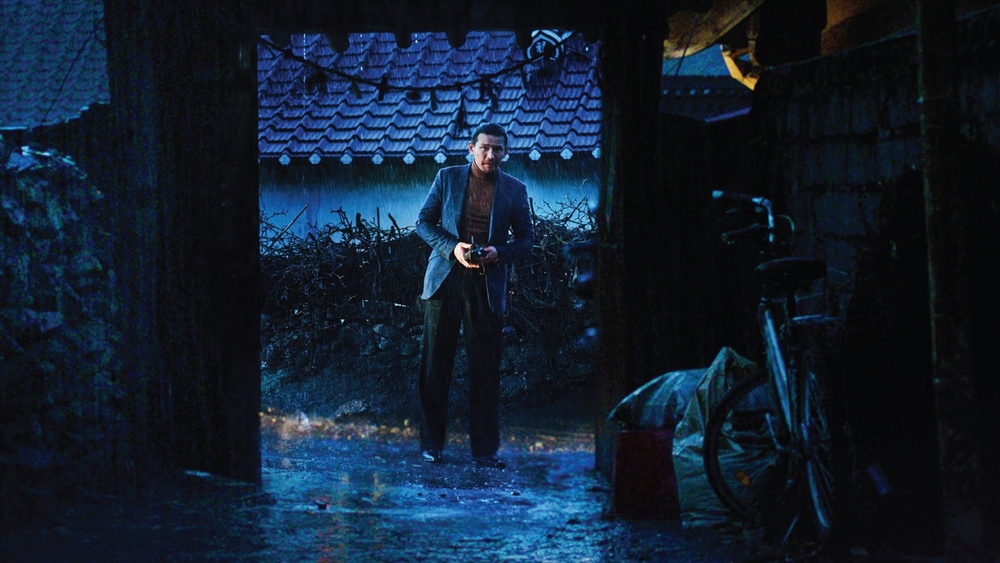
In a seemingly peaceful village, a kind of epidemic suddenly breaks out, with people losing their minds and attacking their relatives, and with their skin suffering from a hideous infection. Their attacks have resulted in violent deaths, and the local police seem unable to deal with the case, eventually concluding that poisonous mushrooms are causing this behavior.
Among them is officer Jong-goo, who hears a rumor about a Japanese man living on top of a nearby hill being the actual perpetrator, a suspicion that becomes stronger after a strange young woman, Moo-myeong, confirms this fact. Eventually, he tracks down the man’s house and comes across a series of truly horrific spectacles.
Being kind of a coward himself, he tries to avoid the situation as much as possible, but when his little daughter, Hyo-jin, comes down with similar symptoms, Jong-doo is willing to go to extremes to save her. Meanwhile, his mother-in-law invites Il-gwang, a shaman, to perform an exorcism on the girl while a deacon named Yang Yi-sam is also involved as a Japanese translator for the police.
Na directs and pens an agonizing thriller, building the tension gradually as the story progresses, until the utterly shocking finale, which is probably the film’s greatest sequence. He incorporates a plethora of favorite horror elements and notions, including zombies, vampires, demons and exorcists, although the only one majorly implemented is the latter, with the rest mostly existing to create an atmosphere of supernatural horror.
The cast is another point of excellence, with Kwak Do-won giving a wonderful performance as Jong-goo, an easily intimidated police officer who transforms into a relentless hunter for the sake of his daughter. Kwak has been mostly cast in secondary roles throughout his career, and he proves in this film that he is made of protagonist material. Hwang Jung-min is great as usual as Il-gwang, in his path of becoming the next Song Kang-ho.
The one who truly steals the show, however, is Jun Kunimura as the mysterious Japanese man, whose acting and physique make him the perfect choice for the particular role, as he constantly exhibits a subtle but obvious threat, despite the fact that he does not speak very much.
1. I Saw the Devil (Kim Jee-woon, 2010)
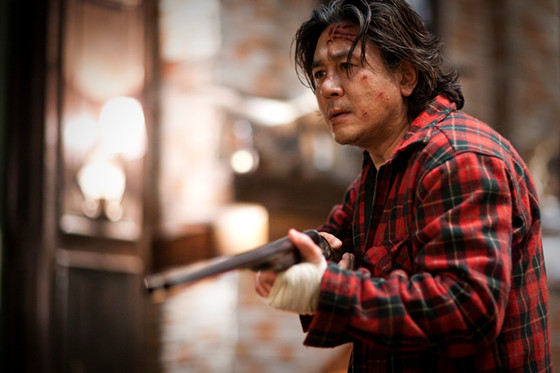
“I Saw the Devil” is one of the best samples (if not the best) of the revenge-themed, violent action thrillers that have come out of South Korea, in a category with an abundance of entries.
Kyung-chu, a sadistic murderer, assassinates special agent Soo-hyun’s fiance, Joo-yun. A few days later, the police discover parts of her dismembered body in a river. Jang, the police chief and father of the girl, gives Soo-hyun a list with suspects, and he proceeds to investigate the crime in order to exact revenge.
Soon after, Soo-hyun finds the perpetrator, but instead of arresting him, he decides to slowly exact his revenge. His decision initiates a relentless hunt between the two, with the roles of the hunter and the hunted changing constantly and none of the people around them being safe.
The script, up to this point, may not seem unique, but the aforementioned only includes the first 20 minutes of a production that runs for 140 minutes, where the action and the plot twists never seem to cease. Just bear in mind the word ‘revenge’.
Kim Jee-woon presents another grotesque masterpiece, where revenge is the driving force for almost everything occurring on screen. Initially the film looks like a battle between good and evil, but as the revenge procedure extends, the borders between the two stop being visible, thus resulting in the spectator doubting who the evil one actually is.
Furthermore, as Soo-hyun initially seems justified in his actions, he manages to make acceptable a number of actions that would regularly be considered as utterly appalling. However, this is just in the beginning.
The graphic depiction of violent and sadistic scenes is intense and frequent, but Kim actually uses it to criticize violence and sadism, highlighting how despicable they are as concepts, particularly when they become actions. This technique is not original, though it is the first time that it is stretched to such extremes. The fact that South Korean authorities forced Kim to cut a number of scenes, in order to allow him to screen the film in the country, is a testament to the fact.
Lee Byung-hun as Soo-hyun and Choi Min-sik as Kyung-chu give true acting recitals in one of the most impressive one-on-one duels ever to appear in cinema. The latter, however, is definitely on a higher level, as he presents a truly great villain, a sociopath who is actually the protagonist of the film.
Author Bio: Panos Kotzathanasis is a film critic who focuses on the cinema of East Asia. He enjoys films from all genres, although he is a big fan of exploitation. You can follow him on Facebook or Twitter.